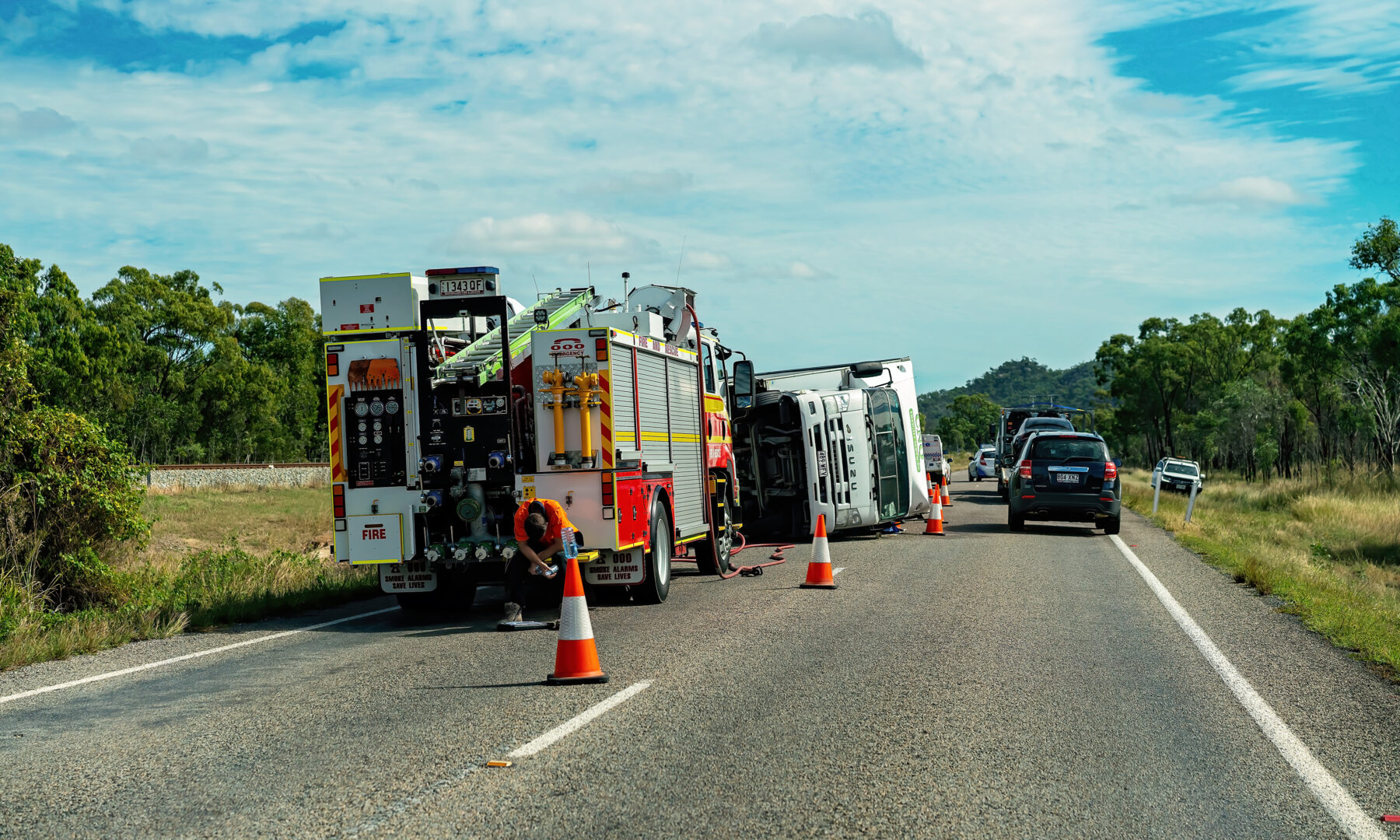
The latest quarterly Benchmarking of the National Road Safety Strategy shows governments remain unable to track most of their agreed targets, and road deaths are now increasing, rather than declining as intended.
Published by the nation’s peak motoring body, the new report shows Australia is far from on course to meet the Strategy’s targets of halving road deaths through the decade to 2030 and reducing serious injuries by 30 per cent over that period.
The report shows 1,205 people died on Australian roads in the 12 months to 30 June 2023 – a 3.2 per cent rise on the previous corresponding period.
It shows no Australian jurisdiction is on track to meet fatality reduction targets, while death rates for drivers, passengers, pedestrians, cyclists, and motorcyclists are all above the Strategy’s agreed targets.
We know this target is badly off-track, but progress on three of the Strategy’s other headline targets cannot even be quantified because the necessary data is either not collected or not reported.
AAA Managing Director Michael Bradley said: “You can’t improve what you don’t measure, and when it comes to road trauma, the Australian Government is measuring very little.
“In 2023, Australia is unable to adequately quantify the extent of road trauma, or the effectiveness of interventions being deployed to reduce it,” he said. “Cars have never been safer and road funding never higher, and yet road fatalities are climbing.
“A new approach is needed, starting with national statistics to guide law enforcement, road investment, and policy change.”

The AAA’s report finds that Queensland, South Australia, Tasmania, and Western Australia continue to have road fatality rates well over the national average.

The Strategy’s targets of halving road deaths by 2030 and of eliminating all road deaths of children seven years and under are not on track to be met. But at least they can be measured.
Progress on the Strategy’s three other headline targets cannot yet even be quantified because the necessary data is either not collected or not reported. These three targets are:
• reducing serious injuries by 30 per cent.
• eliminating road deaths in city CBDs; and
• eliminating deaths on all national highways and on high-speed roads covering 80 per cent of travel across the network.
The AAA is calling for Australia’s next National Partnership Agreement on Land Transport Infrastructure Projects (to come into effect July 2024) to require states and territories to provide relevant road safety data to the Commonwealth as a condition of Commonwealth funding.
See a copy of the latest report in our knowledge centre.








